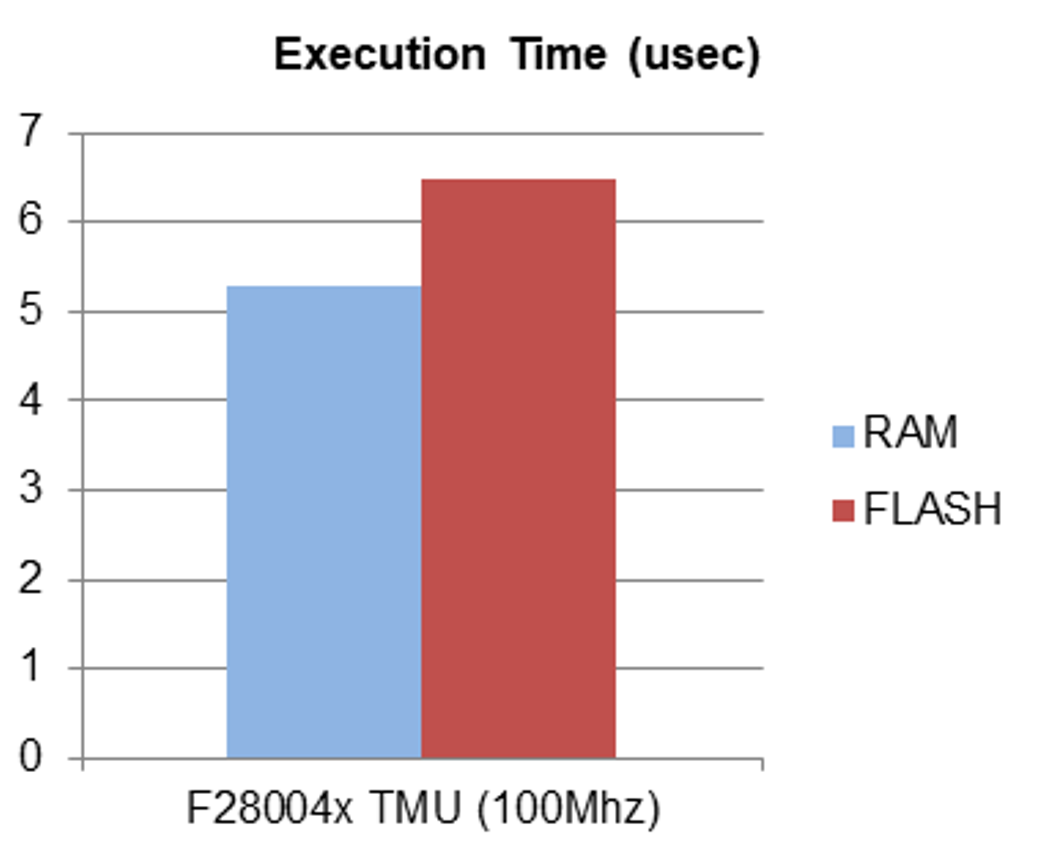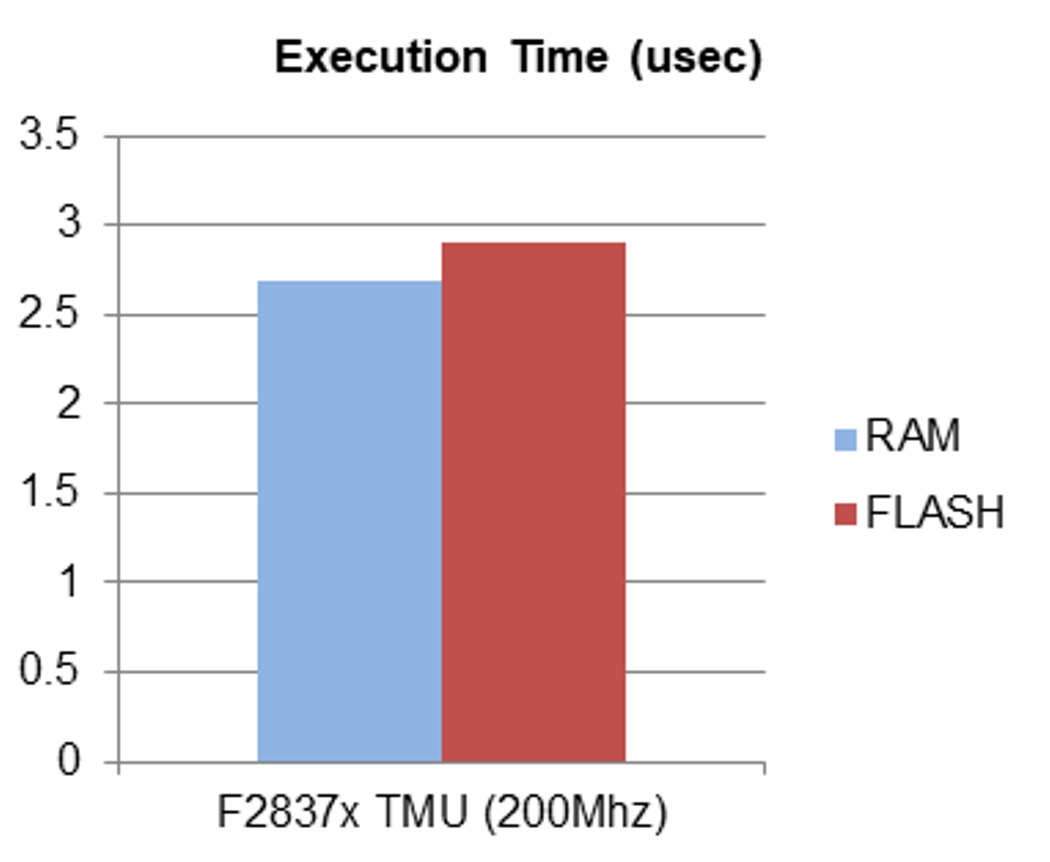SPRACW5A April 2021 – December 2021 F29H850TU , F29H859TU-Q1 , TMS320F2800132 , TMS320F2800133 , TMS320F2800135 , TMS320F2800137 , TMS320F280021 , TMS320F280021-Q1 , TMS320F280023 , TMS320F280023-Q1 , TMS320F280023C , TMS320F280025 , TMS320F280025-Q1 , TMS320F280025C , TMS320F280025C-Q1 , TMS320F280033 , TMS320F280034 , TMS320F280034-Q1 , TMS320F280036-Q1 , TMS320F280036C-Q1 , TMS320F280037 , TMS320F280037-Q1 , TMS320F280037C , TMS320F280037C-Q1 , TMS320F280038-Q1 , TMS320F280038C-Q1 , TMS320F280039 , TMS320F280039-Q1 , TMS320F280039C , TMS320F280039C-Q1 , TMS320F280040-Q1 , TMS320F280040C-Q1 , TMS320F280041 , TMS320F280041-Q1 , TMS320F280041C , TMS320F280041C-Q1 , TMS320F280045 , TMS320F280048-Q1 , TMS320F280048C-Q1 , TMS320F280049 , TMS320F280049-Q1 , TMS320F280049C , TMS320F280049C-Q1 , TMS320F28075 , TMS320F28075-Q1 , TMS320F28076 , TMS320F28374D , TMS320F28374S , TMS320F28375D , TMS320F28375S , TMS320F28375S-Q1 , TMS320F28376D , TMS320F28376S , TMS320F28377D , TMS320F28377D-EP , TMS320F28377D-Q1 , TMS320F28377S , TMS320F28377S-Q1 , TMS320F28378D , TMS320F28378S , TMS320F28379D , TMS320F28379D-Q1 , TMS320F28379S , TMS320F28384D , TMS320F28384D-Q1 , TMS320F28384S , TMS320F28384S-Q1 , TMS320F28386D , TMS320F28386D-Q1 , TMS320F28386S , TMS320F28386S-Q1 , TMS320F28388D , TMS320F28388S , TMS320F28P650DH , TMS320F28P650DK , TMS320F28P650SH , TMS320F28P650SK , TMS320F28P659DH-Q1 , TMS320F28P659DK-Q1 , TMS320F28P659SH-Q1
- Trademarks
- 1Introduction
- 2ACI Motor Control Benchmark Application
- 3Real-time Benchmark Data Analysis
-
4C2000 Value Proposition
- 4.1 Efficient Signal Chain Execution With Better Real-Time Response Than Higher Computational MIPS Devices
- 4.2 Excellent Real-Time Interrupt Response With Low Latency
- 4.3 Tight Peripheral Integration That Scales Applications With Large Number of Peripheral Accesses
- 4.4 Best in Class Trigonometric Math Engine
- 4.5 Versatile Performance Boosting Compute Engine (CLA)
- 4.6 Deterministic Execution due to Low Execution Variance
- 5Summary
- 6References
- 7Revision History
3.4 Flash Performance
Many applications are configured to execute out of flash. As such flash performance is a critical criteria for measuring the capability of a real-time system. Typical benchmarks compute flash efficiency by executing synthetic code that may not reveal performance when executing a control application with its combinations of non-linear code flow, data tables and peripheral accesses.
The F28004x and F2837x have two build configurations: 'SignalChain_RAM_TMU' and 'SignalChain_FLASH_TMU'. The execution time for these configurations are displayed in Figure 3-6 and Figure 3-7.
 Figure 3-6 TMS320F28004x Execution Time From
RAM and Flash
Figure 3-6 TMS320F28004x Execution Time From
RAM and Flash Figure 3-7 TMS320F2837x Execution Time From
RAM and Flash
Figure 3-7 TMS320F2837x Execution Time From
RAM and FlashThe flash performance as derived from the total average execution cycles benchmark data is listed in Table 3-3.
| RAM Execution (cycles) | Flash Execution (cycles) | Flash Relative Performance
(RAM_cycles * 100 / Flash_cycles) |
Flash Technology | |
|---|---|---|---|---|
| TMS320F28004x | 529 | 648 | 82% |
|
| TMS320F2837x | 537 | 582 | 92% |
|
As can be seen by the data in the table, the flash performance of C2000 devices for a real world application like ACI motor control is very good (~80-90%) when compared to the RAM performance.